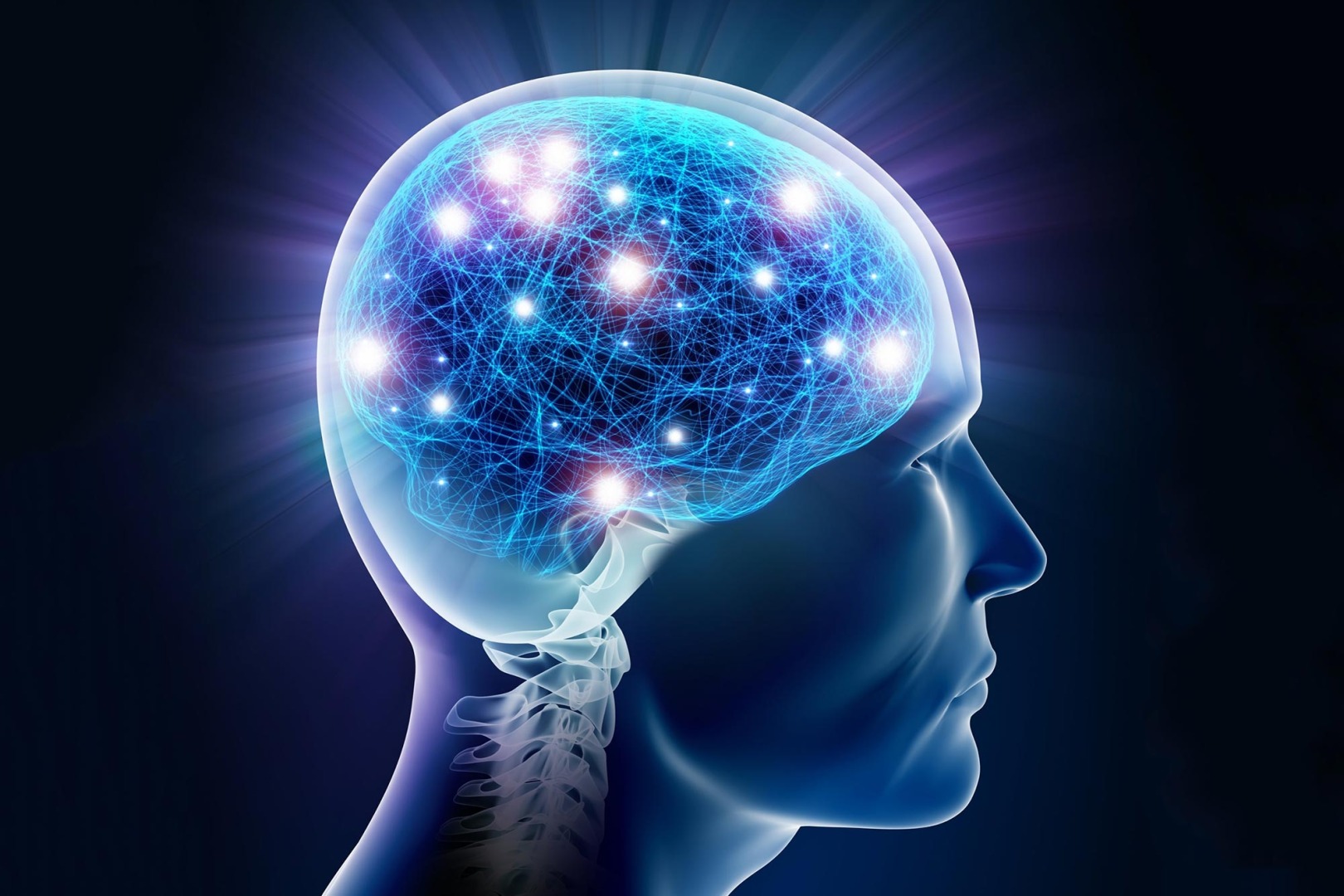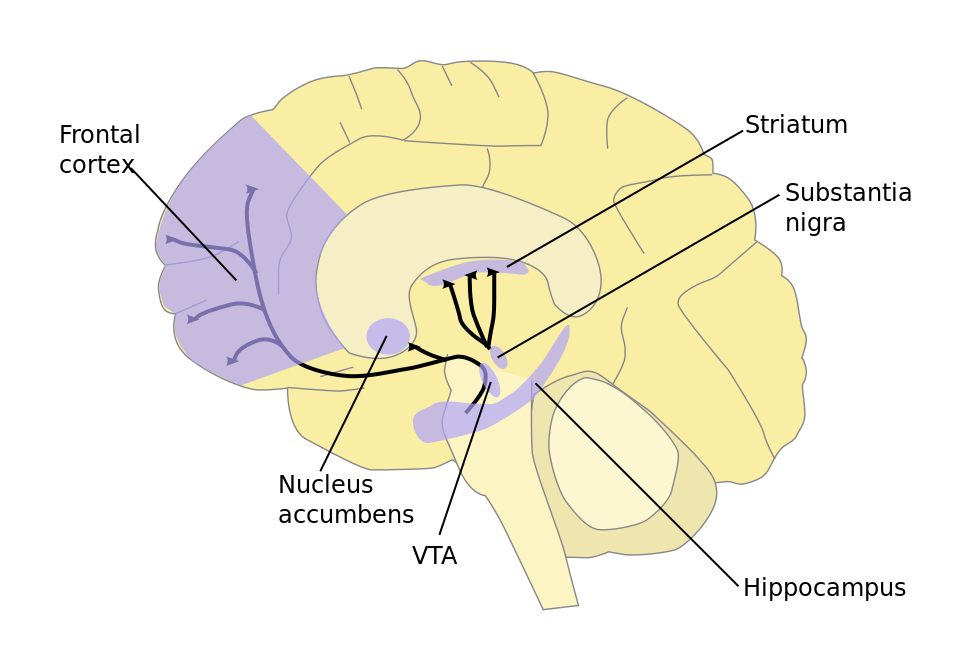Comments
- No comments found

There is a recent paper, Psychedelics Promote Neuroplasticity Through the Activation of Intracellular 5-HT2A Receptors, on the mechanism underlying psychedelic action for dendritic growth of neurons in the cortex. The study "emphasizes the role of location bias in 5-HT2AR signaling, identifies intracellular 5-HT2ARs as a therapeutic target, and raises the intriguing possibility that serotonin might not be the endogenous ligand for intracellular 5-HT2ARs in the cortex."
The neural mechanisms of psychedelics are a leap forward in understanding their effects and the inner workings of the brain. Though vital, the missing piece in the study like others on psychedelics is how do psychedelic drugs drive experience?
Psychedelics are known as mind-altering drugs. They are reported across studies to have effects against mental health problems. All these are in the forte of the mind, so what are the components, structure and functions of the human mind? How do they relay or adjust pre-, mid-, and post-psychedelic experience?
The opportunity that psychedelic research also presents in its current buzz is not just to dominantly engage in cellular and molecular studies, or to further qualitative research like some instances in psychiatry, but to seek out how the human mind works.
Conceptually, the human mind is like scattered pieces of material within a house [the brain]. There are pieces on floors and in rooms within the house, with their own structure, not necessarily ordered to that of the house. There are sometimes correlations of room or floor [center] to piece type or arrangement, but pieces are not the same as the building, its block or paint. There are pieces of similar functions in different places, signifying degrees or intensity of experience.
The pieces have their own shape, obtainable in spite of the building, they also have their functions and components.

More appropriately, the human mind is comprised of quantities [dots] and properties [planes]. Quantities acquiring properties per moment, to determine all experiences. The mind is the spot of what is known, felt, thought about, reacted to, acted on and from where emotions proceed. Traits, though mechanized by genes, are mostly outputted as experiences, choices or states, by the human mind.
So how does the mind emerge, or how does the brain build, construct or structure the human mind?
There are sensory processing or integration centers across the brain, more commonly the brainstem, the thalamus and the olfactory bulb, for smell. It is at these centers that all incoming signals, internal or external, are processed before relay elsewhere, mostly, the cerebral cortex for interpretation.
It is theorized that the sensory processing or integration is into a uniform unit, quantity or identity, which is thought or in the form of thought. It is what becomes the version, representation or equivalent of all senses to the mind.
This, conceptually, is how the brain generates the mind. Interpretation in the cerebral cortex is theorized to be knowing, feeling and reaction, or the triage of properties.
Quantities relay in the mind constantly to acquire properties. Quantities and properties are in similar or fusible forms. Some properties are natural, some are made by quantities.
Quantities can be prioritized or pre-prioritized, exceeding automatic and controlled biological processes. Quantities have splits or go-before, to expect or anticipate things before others follow, exceeding predictive coding, processing and prediction error. Quantities can also follow old or new sequences to acquire properties.
Properties have a principal spot where one goes to dominate, drawing attention. Properties also have thin and thick forms, with thin containing unique information and thick containing group information.
Psychedelics spur property acquisition in the mind, to high degrees, across diverse shapes, evoking varying experiences.
Every psychedelic experience can be explained by quantities and properties of the mind, and by extension, all mental health, problems and serious mental illnesses.
The human mind is different from the brain. It is where determinations are made. The mind is important beyond seeking out what can alter it, to what exactly or approximately it is.
Leave your comments
Post comment as a guest